Me unwell is not a pretty sight. For the past week or so I have been feeling sorry for myself. In between sleeping too much and dashing to the toilet (too much information? Sorry!) I have been catching up on missed shows to help pass the time. One of the real highlights was BBC4's The Man Who Shot the 60s (currently on iplayer). Brian Duffy was one of the greatest photographers of his generation and part of the one "terrible trio." He defined the image of the 1960s and was as famous as the stars he photographed. However, until this show I had never heard of him. The show explores his fall from view and follows his preparation for the first exhibition of his work whilst reminding me of the sixties style that I love and showing off some favourite style icons.
Duffy was one of three photographers who helped capture and shape the vibrancy of London in the swinging sixties. Throughout his career Duffy worked non stop, celebrity, fashion, advertising he did it all. Quickly establishing himself as one of the stars of the scene in sixties London.
Throughout the 60s and 70s Duffy’s career soared as he shot close cropped images with exaggerated angles for fashion magazines, minimalist studio portraits with white backgrounds, stylish Pirelli calendars and award winning commercials. Then, in 1979, Duffy snapped. Built a bonfire and began to throw his negatives into the flames. Thankfully a number of negatives were saved but these languished in boxes until 2007. Then Duffy’s son recognised their value and began work on reminding us of his father's talent.
With the shots of Michael Caine and Sammy Davis Jnr I am reminded of the sartorial wizard that was Doug Hayward who dressed both of these men. Hayward was the tailor of the swinging 60s. The working class hero advocated that a well cut suit can transform a man, yet you should never notice the suit but instead notice only the man. He upheld the centuries old British tradition in which male style ascends, and transcends classes.
It is difficult to talk about Duffy without situating him alongside his peers, which inevitably means David Bailey and Terence Donovan. Hopefully this show will help restore his status in this 'terrible trio.' They all helped shape a mostly mythical image of London in the 1960s, where fun and sex could be had, where dreams could come true. Still, the tailoring and style was real.
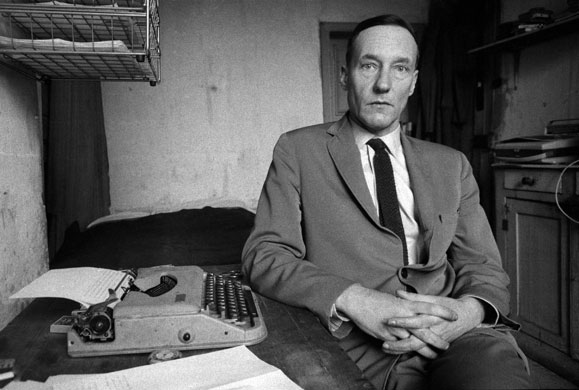
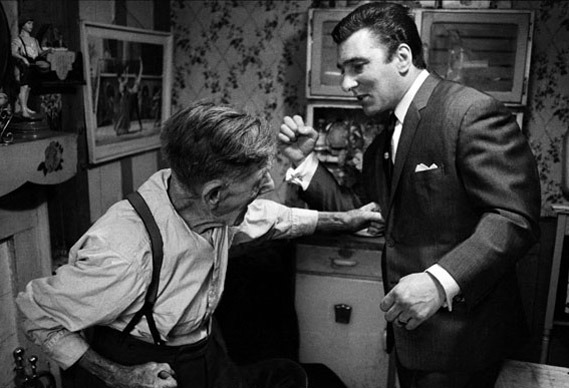
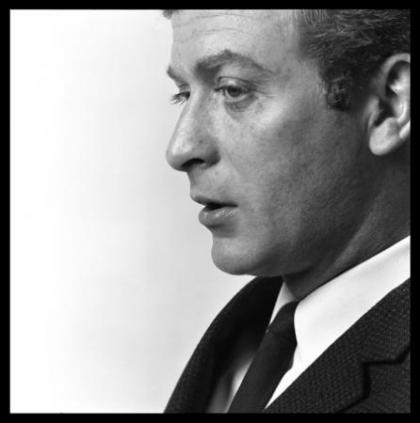
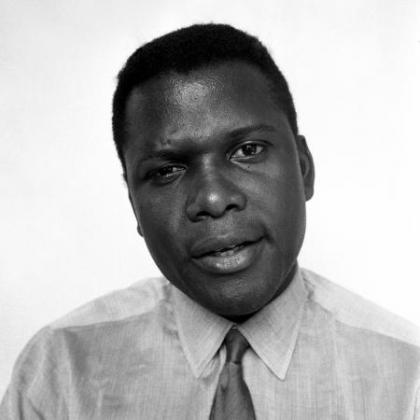
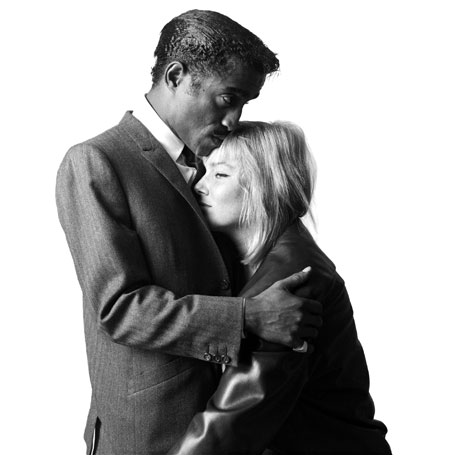
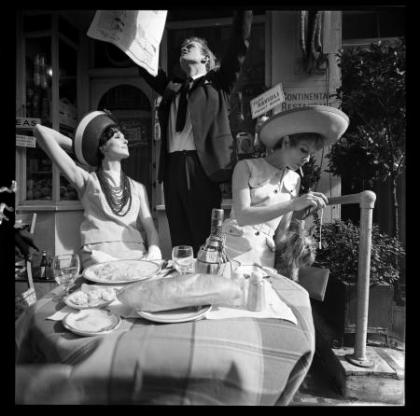
No comments:
Post a Comment